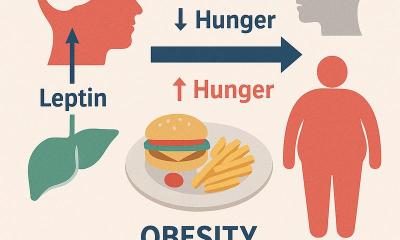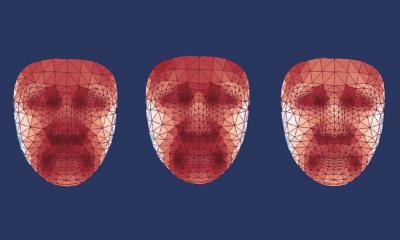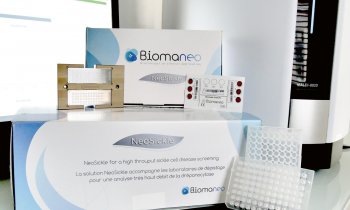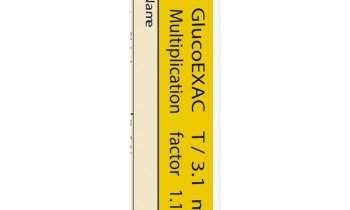Successful self-monitoring of blood glucose
Common European guidelines for self-monitoring of blood glucose (SMBG) designed to improve glucose management in diabetics
So many recommendations exist on self-monitoring of blood glucose that physicians with diabetic patients frequently have a hard time keeping track. This state of affairs called for a unified and well-structured approach to facilitate successful adoption of SMBG which – correctly done – can help avoid hypoglycaemia (low blood glucose) and its sequelae, such as cardiovascular disease. Even with patients not undergoing an insulin therapy, SMBG can decrease HbA1c by 0.4%. Thus, an international group of experts* drafted a consensus paper that provides an overview of the various recommendations and in turn offers a new and joint set of recommendations encompassing the different European perspectives. The Consensus Statement on Self-Monitoring of Blood Glucose in Diabetes – a European perspective** was designed to help diabetes teams to optimally use self-monitoring of blood glucose as a diagnostic tool and to adjust pre- and postprandial target values and, if indicated, the HbA1c value.
A number of national and international guidelines, recommendations and research results were taken into consideration: the International Diabetes Federation (IDF) guidelines on the therapy of postprandial glucose; ESC/EASD guidelines on diabetes, pre-diabetes and cardiovascular disease; ISPAD’s Clinical Practice Consensus Guidelines; recommendations of the Federation of European Nurses in Diabetes (FEND); the National Institute for Health and Clinical Excellence (NICE), UK guidelines; the German Diabetes Society (DDG) recommendations; the multi-centric cohort study ROSSO (Retrolective Study Self-Monitoring of Blood Glucose and Outcome in Patients with Type 2 Diabetes) and the authors’ own clinical experience.
‘We aimed at providing compact and concrete recommendations on the frequency and timing of SMBG with diabetes patients,’ explained Professor Oliver Schnell, the paper’s lead author and Member of the Managing Board of the Diabetes Research Group at the Helmholtz Centre in Munich. ‘Thus we offer individual recommendations on the test frequency depending on diabetes type, for example six to eight tests per week for type 2 diabetics who receive oral anti-diabetes medication, and the same frequency for pre- and postprandial tests.’
New research results on the links between hypoglycaemia, diabetes and coronary heart disease were also taken into account. Often, these patients do not notice hypoglycaemia or the symptoms are interpreted incorrectly. In these cases, SMBG is the only way to determine the need for intervention. Therefore the authors recommend nightly measurements for patients with known coronary heart disease, neuropathy and problems with recognizing hypoglycaemia in order to detect this status. The HbA1c target value might be increased to <7% or <7.5% for these patients.
‘SMBG as such is not a therapy but a source of information. You can draw the right conclusions only if you can interpret the data,’ Professor Oliver Schnell emphasised. ‘Therefore cooperation between the physician and patient is crucial: every three to six months, the measured values should be analysed and discussed with the patient. The objective of this approach is an educated patient who can read and interpret his blood glucose values and, if needed, adjust the insulin doses or ensure his carbohydrate intake is sufficient, for example before a long car journey. We would prefer measuring blood glucose in regular intervals rather than continuously. A 7-point profile once a week makes SMBG handling for the patients easier and keeps their motivation up.’
*Schnell Oliver, Munich, Germany; Alawi Hasan, Saarlouis, Germany; Battelino Tadej, Ljublana, Slovenia; Ceriello Antonio, Coventry, UK; Diem Peter, Berne, Switzerland; Felton Anne, London, UK; Grzeszczak Wadyslaw, Zabrize, Poland; Harno Kari, Helsinki, Finland; Kempler Peter, Budapest, Hungary; Satman Ilhan, Istanbul, Turkey; Verges Bruno, Dijon, France
**Published in “Diabetes, Metabolism and Heart”, 20 July 2009 (vol. 18, no. 4, pp 285-289)
01.09.2009











